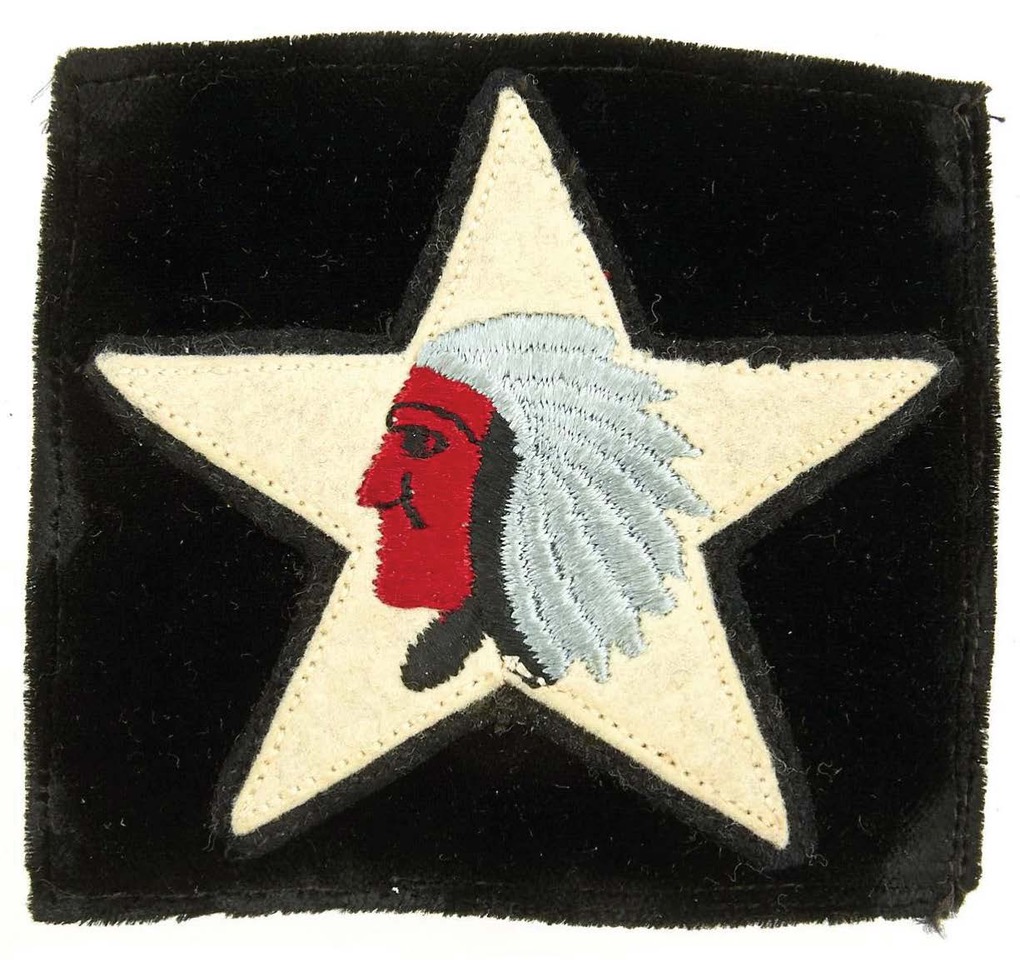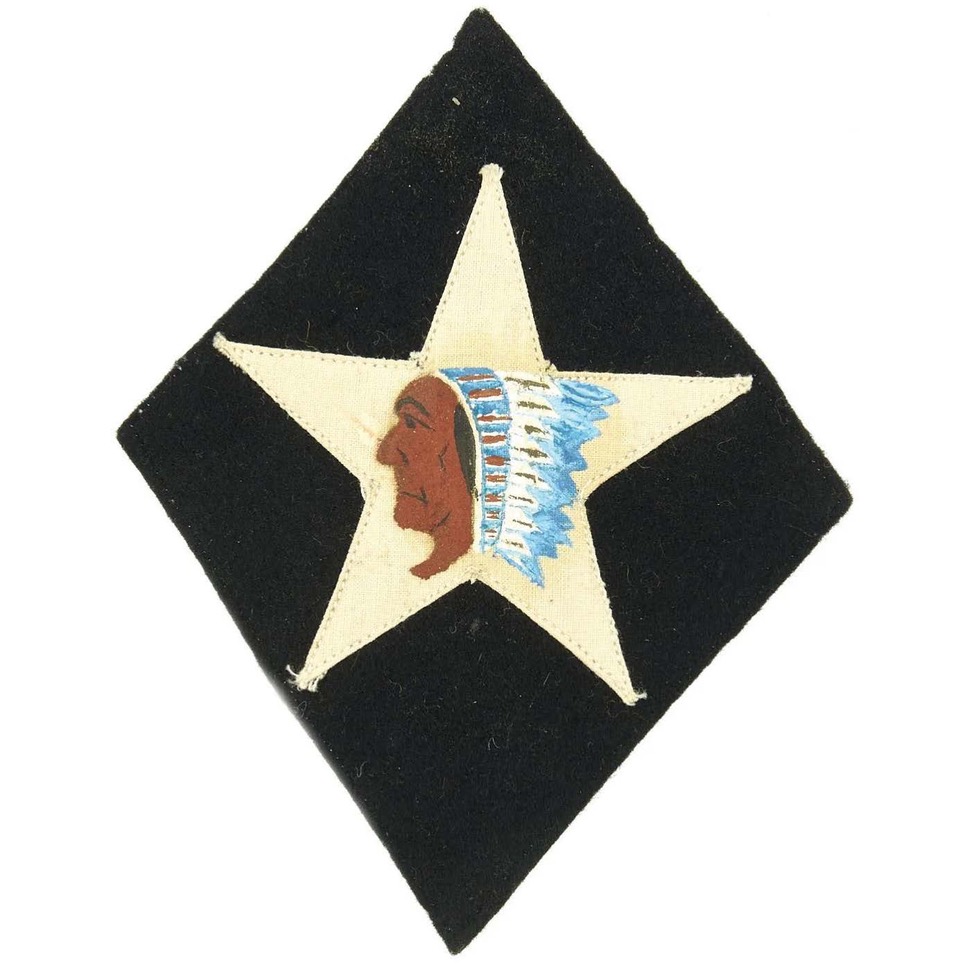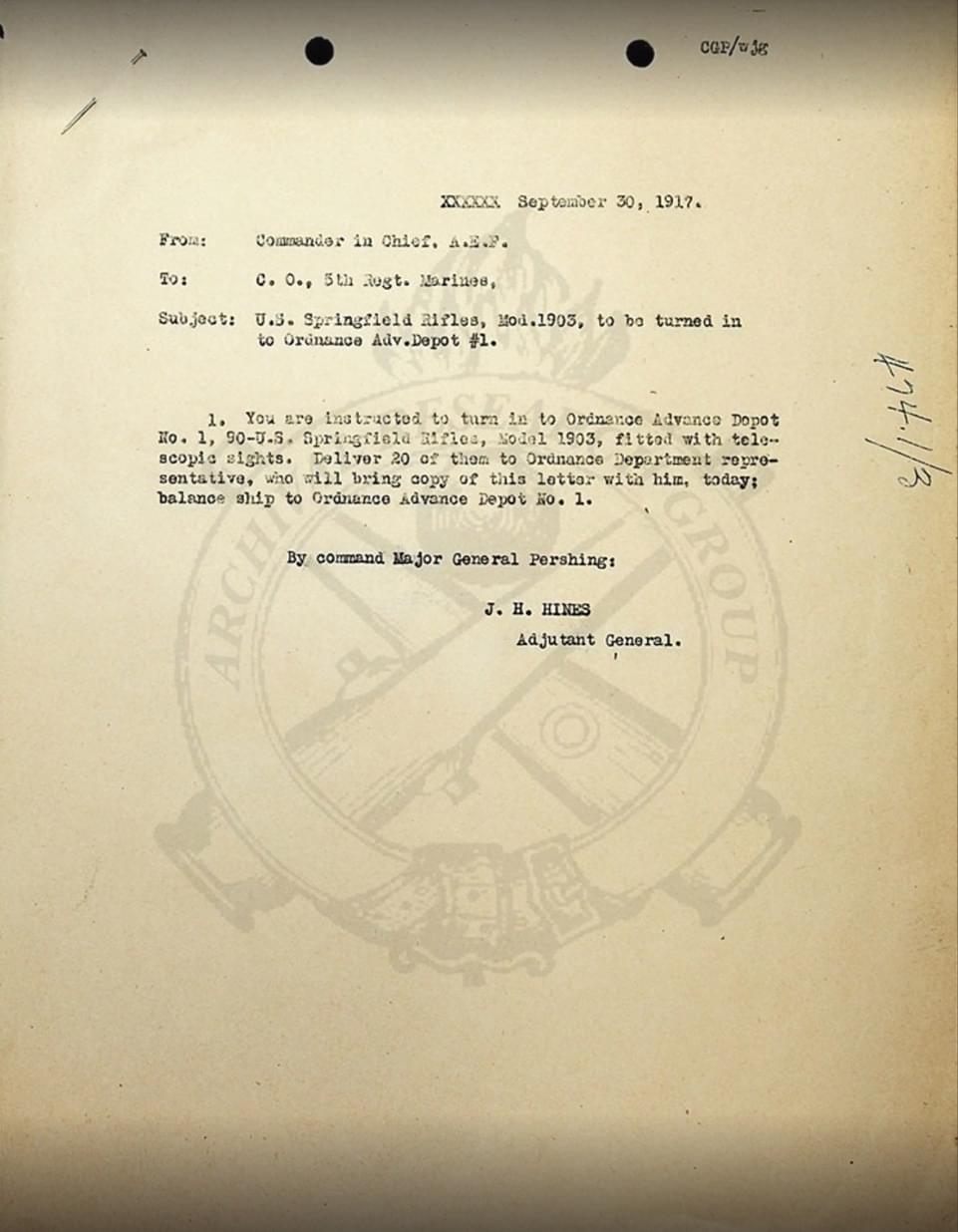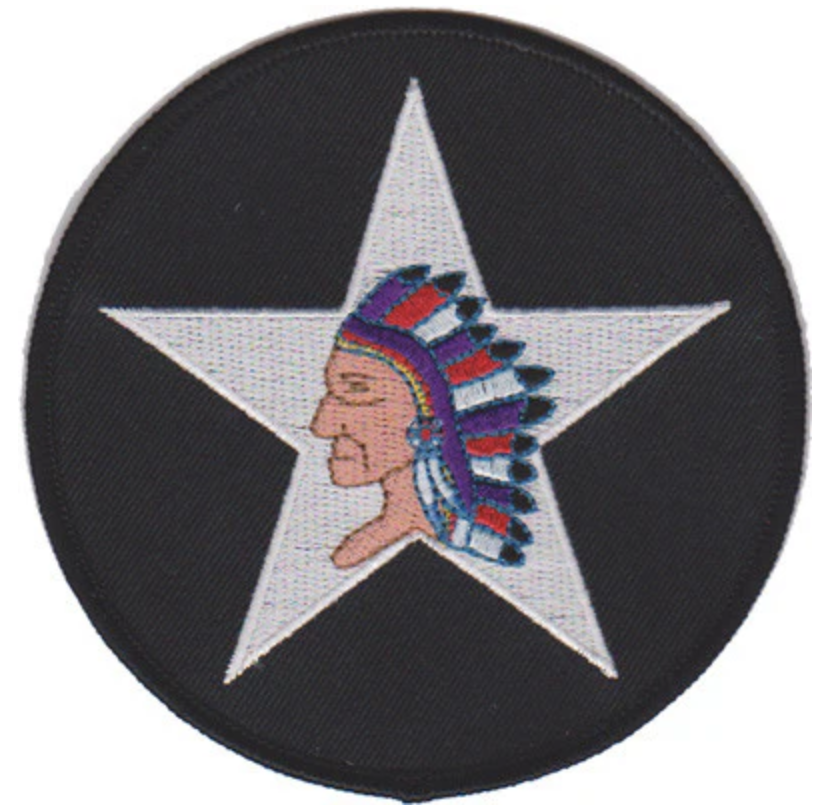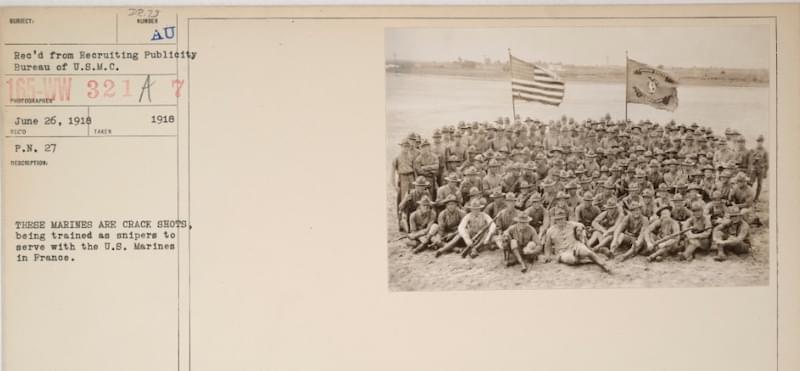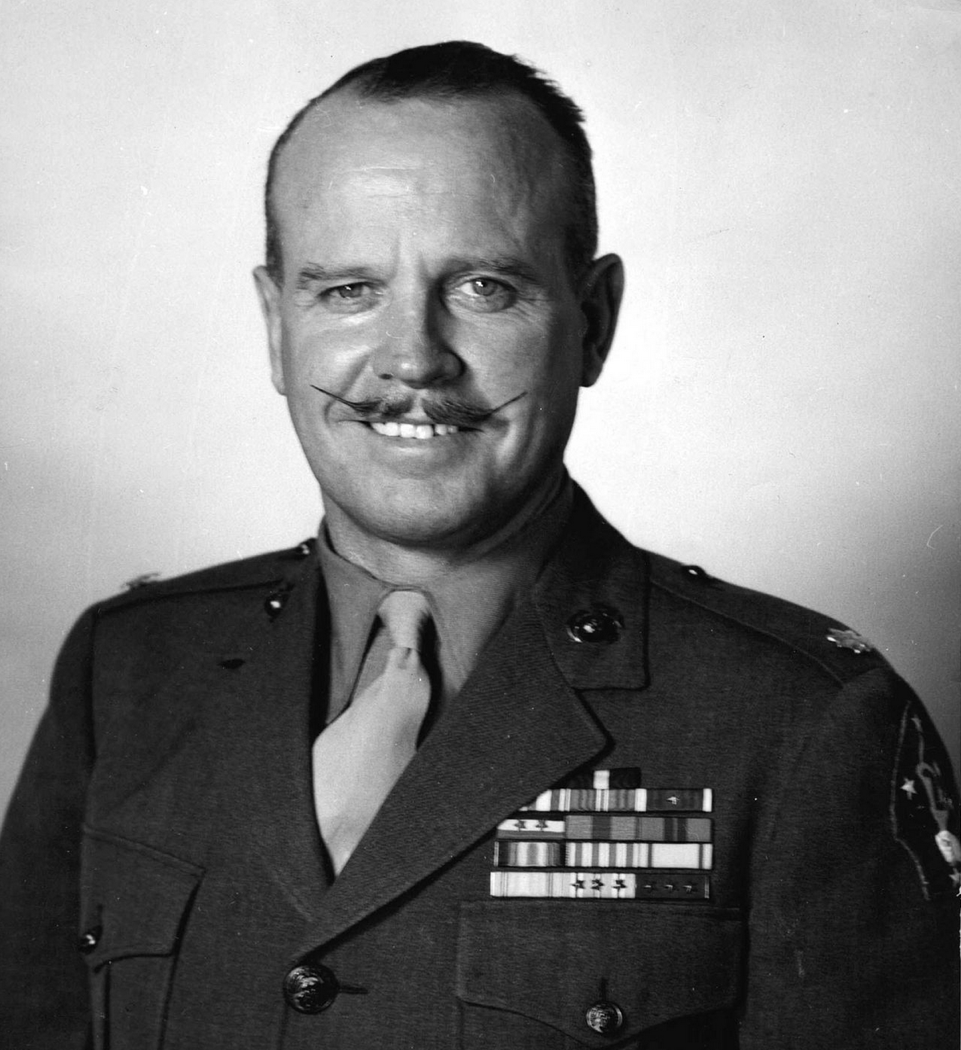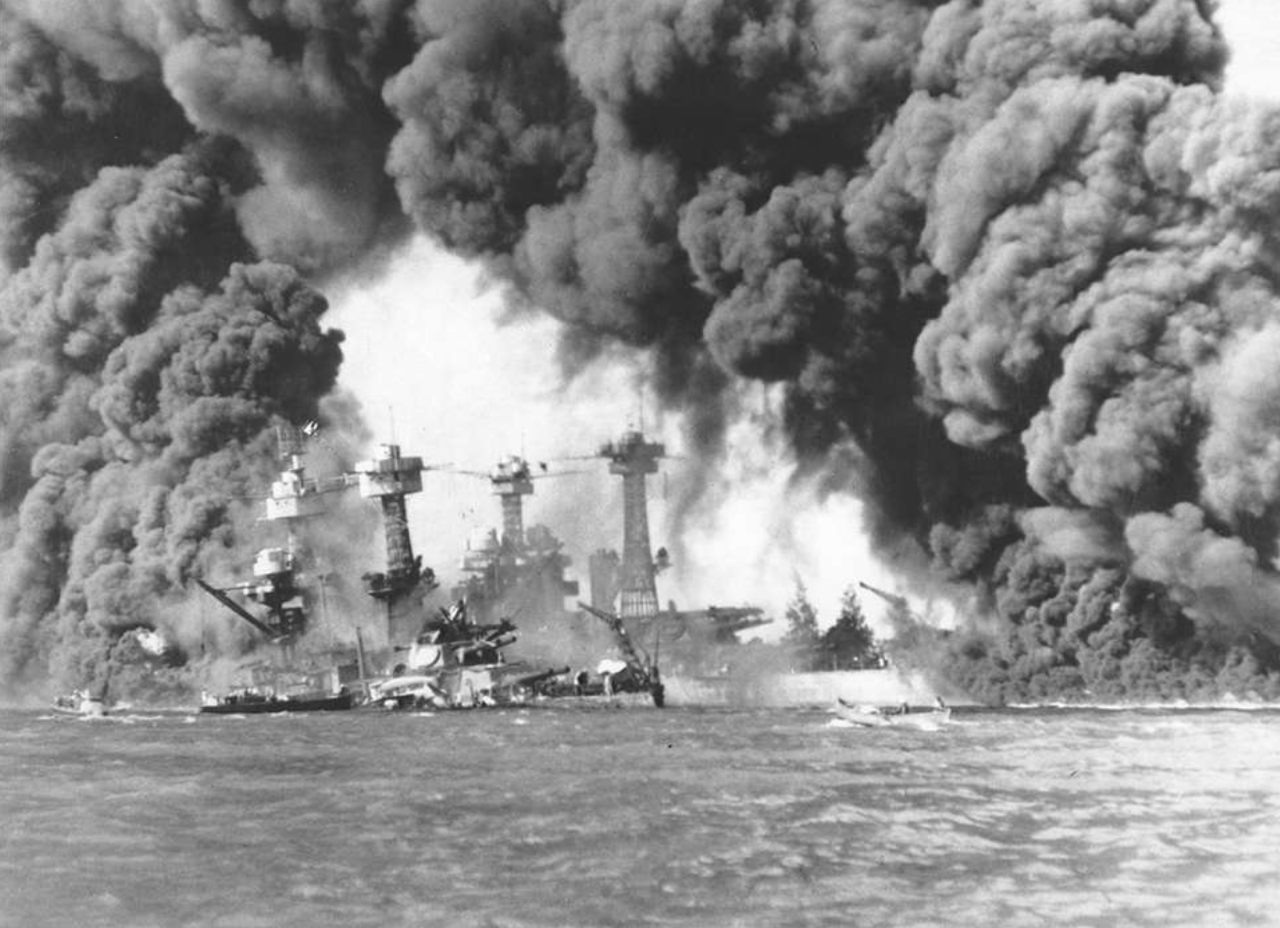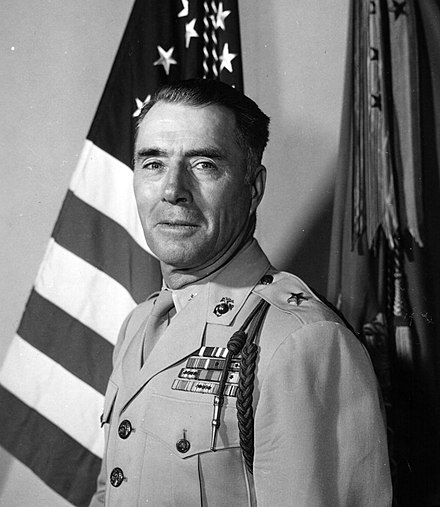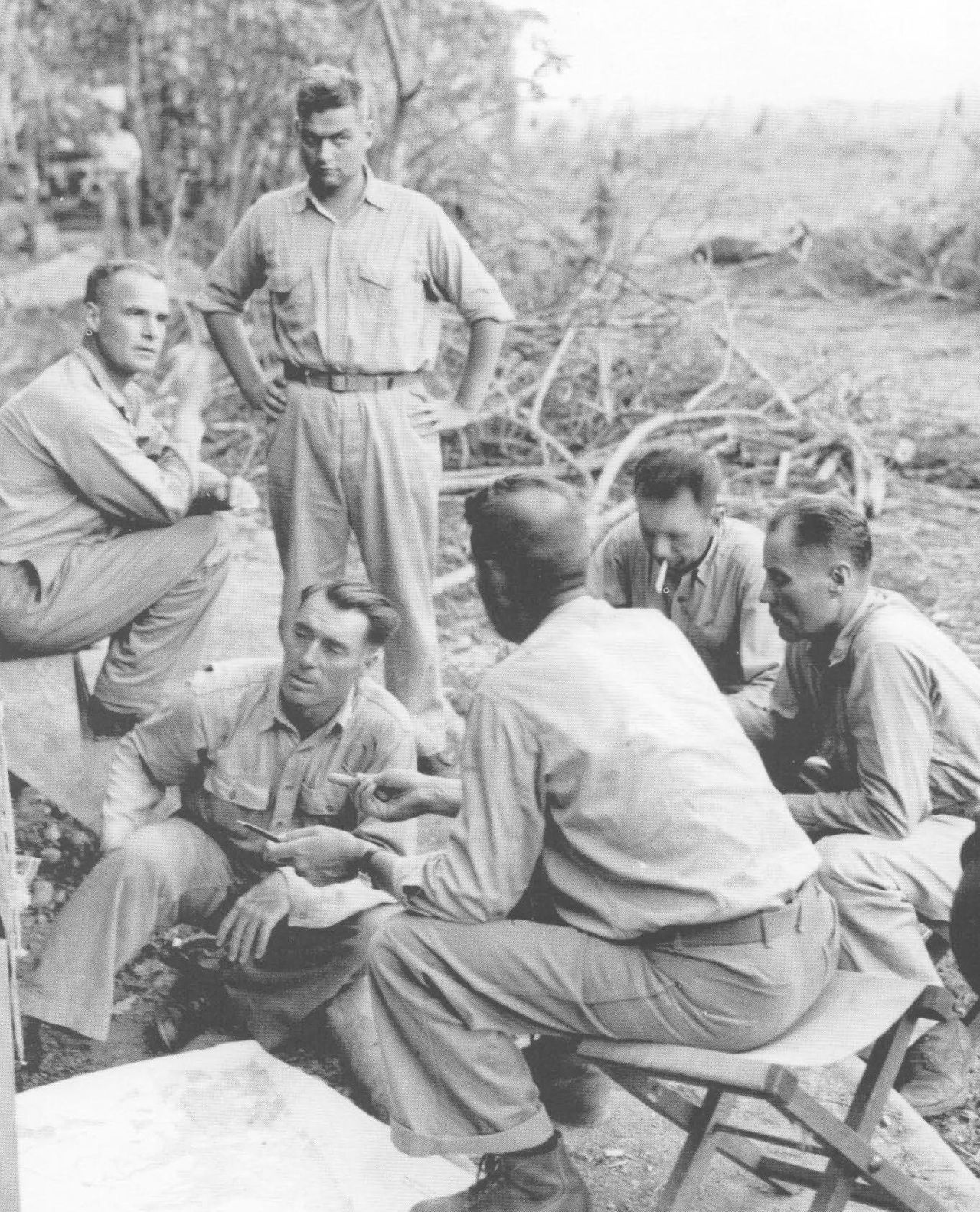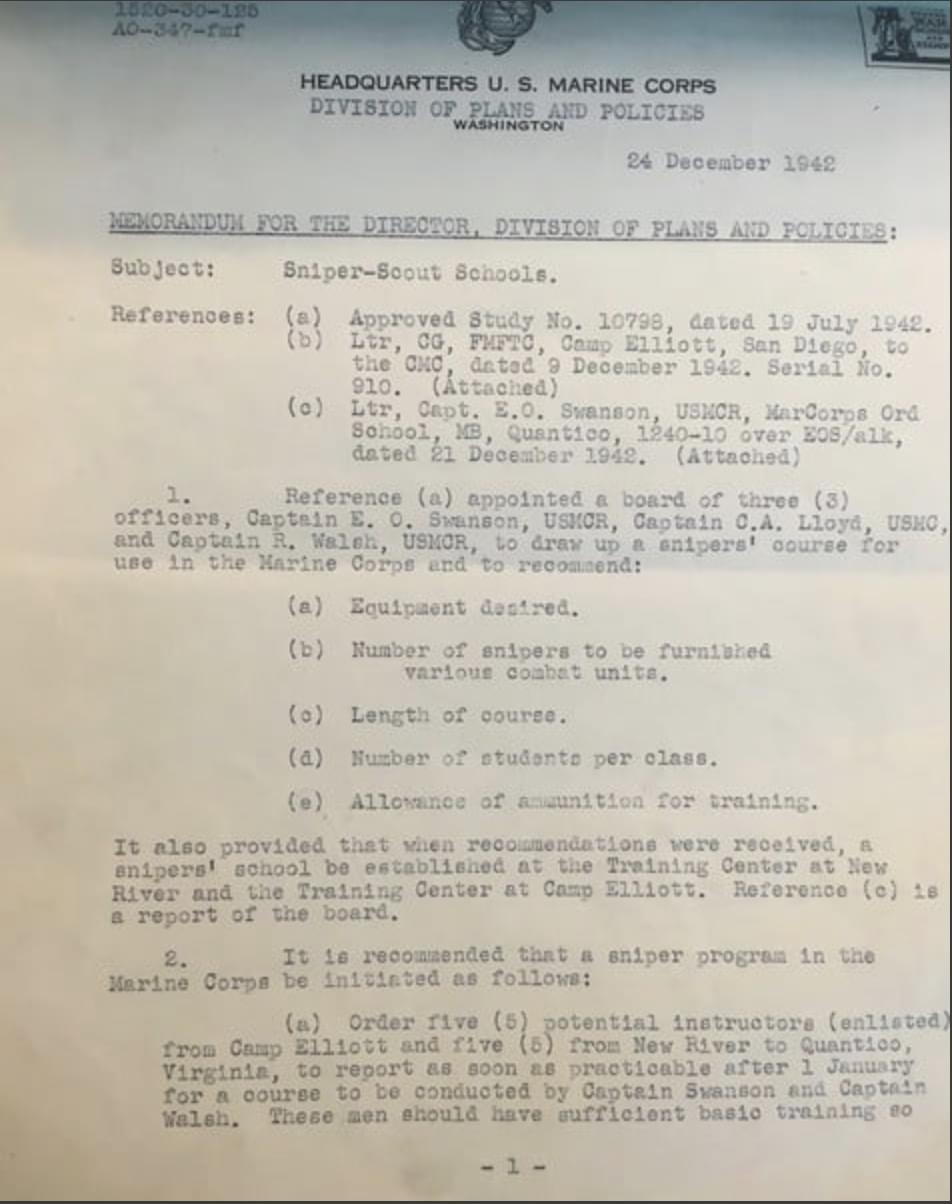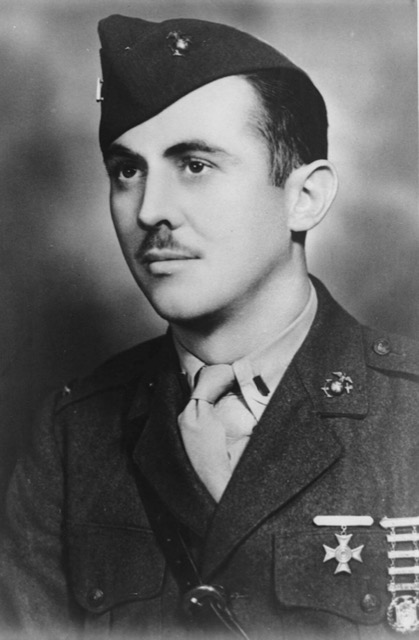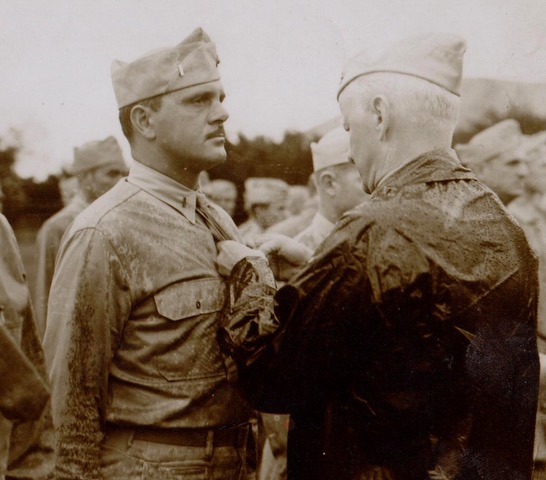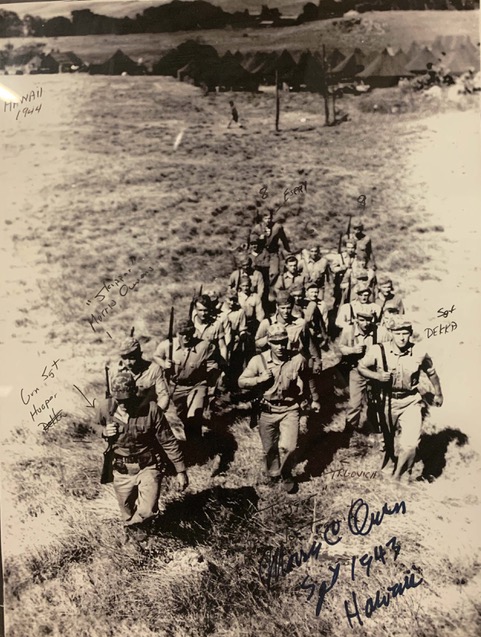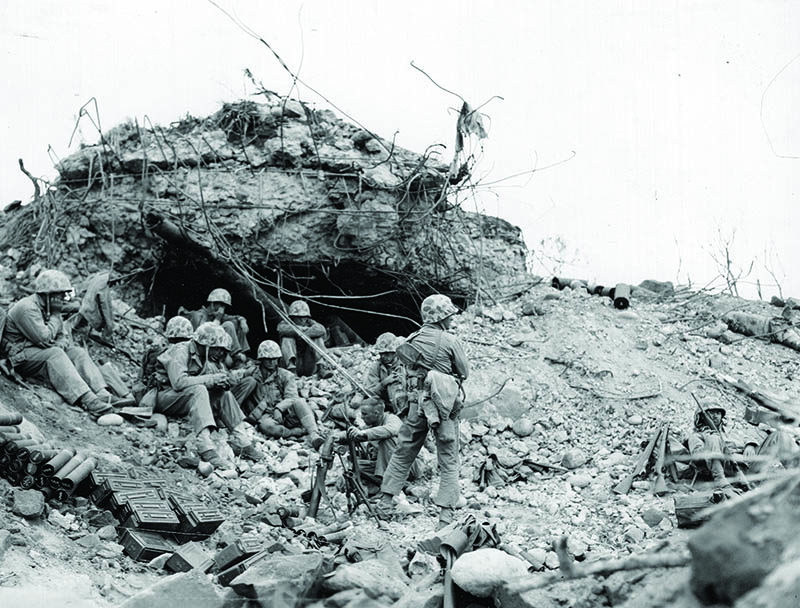SCOUT SNIPERS IN HISTORY
World War One begins in Europe. The US maintains neutrality for the next three years.
28 July 1914
Following the American entry into WWI, the Marine Corps contracted Adolph Niedner to drill, tap, and mount 1650 rifles with his tapered blocks and modified Winchester A5 mounts and scopes. Niedner completed 150 rifles by June when the story takes a bizarre turn. Niedner, who was of German descent, allegedly made striking anti-American statements, proclaiming his desire for America to lose the war and that “he hoped that everyone who went to France would be killed and he would like to do what he could to bring it about.
The FBI took up the case as possible treason or espionage. While Niedner wasn’t convicted of anything, the scandal resulted in the Corps dropping Niedner’s contract.
April 1917
Congress approves Joint Declaration of War, officially bringing the United States into the war in Europe.
6 April 1917
Marine Barracks Quantico, Virginia established by Commandant of the Marine Corps Major General George Barnett.
14 May 1917
Secretary of War Newton Baker asks President Wilson to provide a Regiment of Marines for expeditionary service in France. Marine Commandant Major General Barnett recalls forces from around the globe to create 5th Marine Regiment.
16 May 1917
5th Marine Regiment comes together with diverse elements forming 1st Battalion at Quantico, while 2nd and 3rd Battalions are formed at Philadelphia Naval Yard, Col Charles Doyen commanding.
30 May 1917
The US Marine Corps contracts with Winchester for 500 sniper variants of the 1903 Springfield. This rifle would be known as the M1903 with A5 Telescopic Sights.
2 July 1917
Fifth Marine Regiment arrives in France.
3 July 1917
6th Marine Regiment is activated at Marine Barracks, Quantico, VA.
11 July 1917
General Pershing personally directs 5th Marine Regiment to transfer 90 M1903A5 Winchester sniper rifles with scopes to Ordnance Advance Depot No.1 for use by the British Fourth Army’s Scouting, Observation and Sniping School in the UK. These rifles will equip American officers attending that training.
30 September 1917
20 American officers, including Marines, attend sniper training hosted by British Fourth Army in the UK.
October 1917
6th Marine Regiment, less 2nd Battalion, arrives in France. Both 5th and 6th Marines are organized under 4th Marine Brigade and begin brigade-level combat training in early 1918.
Mid-November 1917
General Pershing, Commander in Chief of the American Expeditionary Force (AEF), personally directs that all infantry formations in the AEF (including Marines) shall contain 8 snipers per company.
25 January 1918
Scout Sniper School is established alongside schools for machine gunnery, gas, bombing and leadership at Overseas Depot. Seventy-five NCO’s and 375 Privates are trained as Scout Snipers by war’s end.
Spring 1918
4th Marine Brigade enters active combat for the first time in Toulon sector, Verdun.
15 March 1918
Overseas Depot is established at Marine Barracks, Quantico, VA for the purpose of providing administrative, logistical and training support for the many thousands of raw recruits flowing in from basic training at Mare Island, Paris Island and Philadelphia Naval Yard.
19 May 1918
Marine Scout Sniper Private Ople L. Waggoner earns the Silver Star at Chateau-Thierry, France.
6 June - 10 July 1918
Marine Scout Sniper GySgt Walter Cook earns the first of five Silver Star Citations for actions action in the Bois de Belleau, France.
13 June 1918
Marine Cpl John H. Pruitt becomes first American sniper to be awarded Medal of Honor. He was killed in action the following day “while sniping at the enemy."
3 October 1918
Marine Scout Sniper GySgt Walter Cook earns Navy Cross and Distinguished Service Cross at Blanc Mont.
6 October 1918
Armistice signed and the “War to End All Wars” concludes. The Marine Corps begins a long and perilous tradition of discarding the Scout Sniper program as soon as hostilities end.
11 November 1918
Hitler’s Germany invades Poland and marches into France, bringing all of Europe into a second world war. The United States lends support to Britain and her allies short of actual engagement in the conflict over the next two years.
1 September 1939
Even prior to official US involvement in the war, Marines are preparing for conflict. Chief Gunner (later Colonel) Henry Pierson Crowe runs a Scout Sniper Course for 8th Marine Regiment at Camp Elliott, CA as a precursor to the formal program that would be reestablished in 1942.
November 1941
The Empire of Japan launches an unprovoked surprise attack on Pearl Harbor and other island territories around the Pacific, and the United States officially enters the war.
7 December 1941
Marine Captains E. O. Swanson, Calvin A. Lloyd and Walter R. Walsh are appointed as a panel to determine what the new scout sniper program will look like. They made recommendations on equipment desired, number of snipers to combat units, length of course, number of students per class, and allowance of ammunition for training.
19 July 1942
Winchester shipped 373 Model 70 rifles in caliber .30-06 to the Marine Corps. While these rifles were determined to be unsuitable for sniper use during World War II, they would play a prominent role a quarter century later in Vietnam.
20 July 1942
Throughout his career, William “Wild Bill” Whaling was renowned as one of the top rifle and pistol shots of the Corps and was widely known for his competitive marksmanship. He fired "Distinguished" with both rifle and pistol, and was a member of the U.S. team in the 1924 Olympics. After being relieved as XO of 5th Marines on Guadalcanal, Col Whaling suggested to Colonel Gerald C. Thomas, divisional chief of staff, that he be allowed to organize a scout-sniper unit of one hundred volunteers. General Vandegrift approved the idea and Whaling began organizing a scout-sniper detachment trained in scouting, stalking and ambush tactics.
29 September 1942
Colonel Whaling organized a special task force called the Whaling Group for operations along the Matanikau River of Guadalcanal. The unit was comprised of Marines from 3rd Battalion, 2nd Marine Regiment and Whaling's scout-sniper volunteers. They took part in heavy fighting west of Matanikau, and killed approximately 750 men of the Japanese 4th Infantry Regiment over a 4-day period.
6 October 1942
Director, Division of Plans and Policies at Headquarters Marine Corps releases a memorandum directing the establishment of a formal Marine Scout Sniper program along the lines of what the three captains recommended, to include formalized training at both Camp Elliott, CA and New River, NC.
24 December 1942
1stLt William D. Hawkins is killed in action while leading Scout Sniper Platoon, 2nd Marine Regiment at Betio Pier during the Battle of Tarawa. Lt. Hawkins enlisted in the Corps on 5 Jan 1942 and attended Scout Sniper School at Camp Elliott, CA. He was quickly promoted through the ranks to Sergeant and earned a battlefield commission at Guadalcanal. Following that battle, Hawkins was chosen to lead the new regimental Scout Sniper Platoon. During 2nd Marine Division’s R&R in New Zealand, Hawkins was given his choice of any man in the regiment, and he trained them himself for several months prior to shipping out for Tarawa. For his actions on Tarawa, Lt. Hawkins was posthumously awarded the Medal of Honor.
21 November 1943
2nd Marine Division is on Hawaii for rest and refit after the bloody Battle of Tarawa. 1stLt Frank Tachovsky of Lima Co, 3rd Battalion, 6th Marines is told he’s been put in for the Silver Star for his heroism just seven weeks earlier. Col James Risley, the new CO of 6th Marine Regiment, tells Tachovsky he’s to form a Scout Sniper Platoon, take his pick of the regiment, and train them for the next battle, location as yet unknown. That battle would be Saipan.
11 January 1944
While the exact date of this photo is unknown, it is one of the last known photos taken of the 2nd Marine Regiment Scout Sniper Platoon before the unit was disbanded. The photo shows the platoon training at Parker Ranch on Hawaii, not long after the Battle of Tarawa. Notably absent are Lt. Hawkins, Sgt Francis Morgan, Cpl Marvin Rigdon, PFC Basil Gillis, PFC Marcel Krzys and PFC Walter Lawick, all of whom were killed in action on Tarawa. This was a poignant moment in scout sniper history, as 2nd Marines Scout Snipers’ time was coming to an end, and the 6th Marine Regiment Scout Snipers were at that very moment beginning their training in that very place.
February 1944
24th Marine Regiment had a Scout Sniper Platoon up until the Battle for Saipan. A well-known member of that platoon was actor Lee Marvin. However, the platoon was disbanded just battle in an effort to augment line units. The platoon was reestablished on Maui prior to deploying to Iwo Jima. In their first and only campaign, they landed on Iwo Jima as part of the division reserve late on February 19th. The 24th Marines Scout Sniper Platoon suffered nearly 80% casualties, yet received little recognition, individually or as a unit, for their sacrifices: a few Bronze Stars, many Purple Hearts, and the May 1945 Leatherneck article “Toward the Ridge” by Bryce Walton.
19 February 1945
